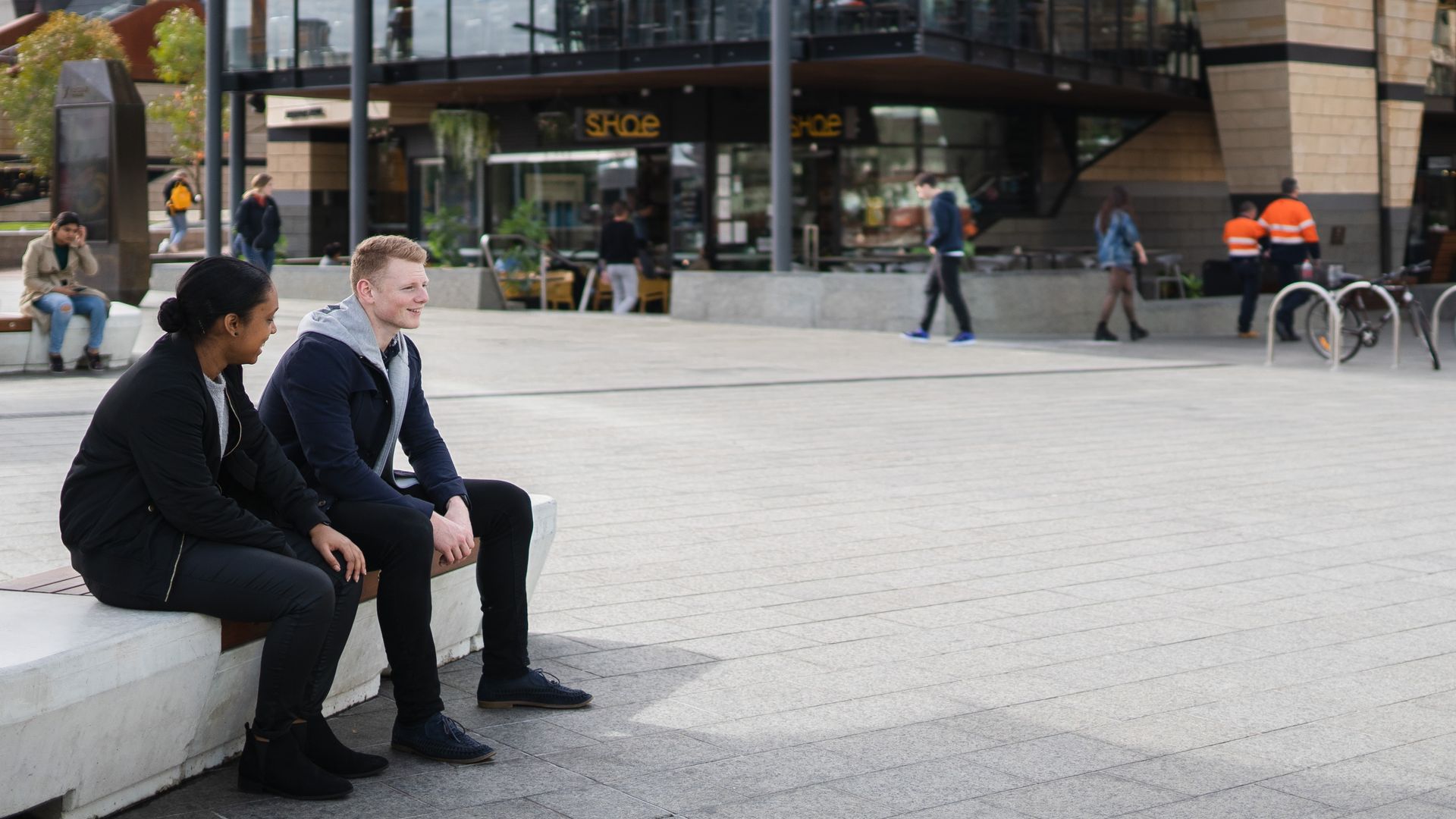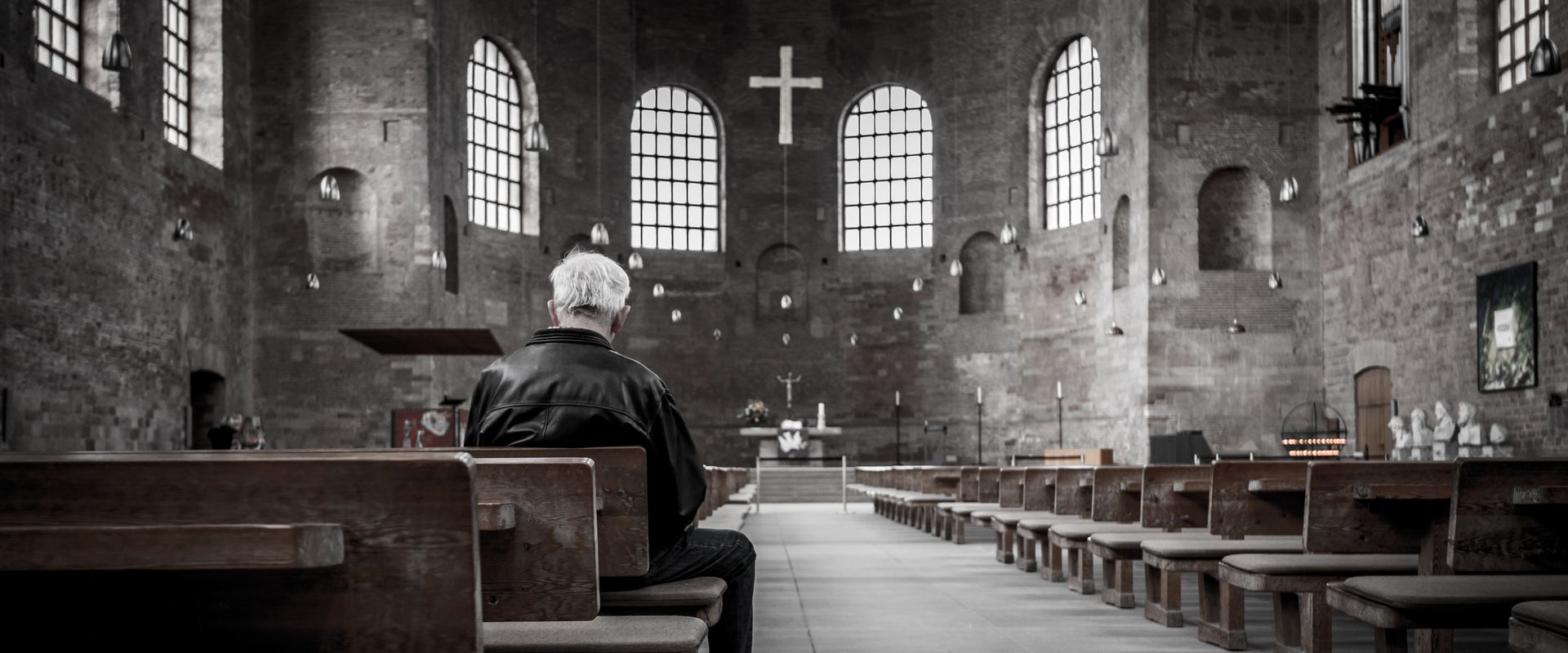Not long ago, my family and I moved our church membership from a large, established church to a newer, smaller congregation. The first thing I noticed about the new church was how the more compact building, which lacked the long hallways and corridors of our old church, caused me to have fewer conversations with other congregants.
However, the exchanges I had were longer and went deeper than what I was used to on a Sunday morning. Sometimes, this felt noticeably life-giving while other times it was frustrating not to meet and greet more new friends. On the surface, the footprint of each of the church buildings seemed to be influencing the way the community of people meeting within its walls interacted with one another, thereby even shaping the depth and breadth of their relationships.
This was just a hypothesis, but perhaps I was onto something, and it could be something that would matter to modern churches looking to build communal fellowship among members. In an effort to dig deeper, I called Carter Hord, principal at Hord Architects in Memphis, Tennessee.
The Old World
Hord and his firm have designed hundreds of churches and church-related spaces, but it was the heart posture of Hord himself that was so captivating. Architecture is clearly both his calling and his gift, but he sees it as a way to bring glory to God and to point people to God through the intentional design of their worship spaces. Even in this modern era, Hord looks to the churches and cathedrals of long ago to inform his thinking about architecture.
“In old European cities and towns,” Hord said, “the cathedrals and churches would have been built at the town center. In front of the church would have been a plaza or piazza, which was an intentional gift from the members of the church to the townspeople. There would have been tables and chairs and benches available, inviting anyone to sit and rest in the shade of the tall, flat cathedral facade.”
Once it was time to go inside for worship, those who wanted to attend the service would leave the piazza and enter the narthex (“lobby,” in our more modern vernacular).
The narthex, Hord explained, “was the interstitial space between the secular and the sacred.” It was the place where believers would leave the world behind and begin to set their hearts on communal worship. With a smile or wave or brief conversation in this small but intentional space, they would administer grace to one another as they physically merged from their individuality into the corporate body of Christ, eager to worship God in a spirit of unity. At the same time, those who were new to worship — perhaps curiously searching or attending with a friend — would be hospitably welcomed into the fellowship.
From there, the congregants would enter the sanctuary and in the world of old Europe — a far cry from the modern, midtown church my family has joined — their eyes would be drawn upward by the design of the worship space.
“In most of church history,” Hord said, “there would have been many, many people coming to worship who were illiterate. In some communities, that is still the case. So the design of the holy space coupled with the art and symbols on its walls would have been done with those people in mind, so that even while the service was in progress, the illiterate congregants could be reminded of the stories throughout the Bible.”
The New World
My new church is set in the heart of midtown Memphis, an area that is thought to be hip, artsy, and populated by people of every possible background. Our building was designed a little more than a decade ago and it was intentionally set up to mirror the vibe of our neighborhood. That translates to entire walls made out of windows, skylights intermingled with overhead lighting in such a way that you’re not quite sure which is which, windows set near the ceiling so that swaying treetops and sky views are ever present, and a wood backdrop behind the pastor and worship team that maintains a constant whisper of the natural world. In some ways, it feels like a leap to place our uber modern worship space in the same category as those of the old European world.
And anyway, why does that relationship even matter?
My Gen Z daughter shares little-to-no musical favorites with her grandparents, however, she still has much to learn from their experience and expertise. In a similar way, churches designed in a more modern context can contemplate the excellent thought put into the design of the cathedrals and churches of the old world, and walk away with hard-earned wisdom hundreds of years old.
The way the walls are placed seems to be secondary to the primary purpose of directing the hearts of those within first toward the world in which God has placed them, then toward each other, and lastly and most grandly, toward their creator. But it’s worth asking ourselves the same questions believers centuries ago asked themselves about the spaces we’ve been given to steward, no matter how modern their aesthetic feels.
What gifts are we offering our community? Hord pointed out that, when possible, the space between the front door and the street should be offered as a gift to the community and cultivated with an eye for beauty. It was God who thought of beauty, and it is still his love and grace that makes all things beautiful. Much can be communicated to a hurting world, ugly with sin, through the plants and piazzas we chose to put out front. My own church has only about 20 feet between the front door and the bike lane. In that spot, we offer a bench or two and a small porch. It doesn’t really seem like much, but many a homeless person has found a night’s sleep under its covering.
What gifts are we giving ourselves? The narthex is the place to hand out bulletins, take a restroom break, and grab a cup of coffee before the service starts. But also in the narthex, one will stumble upon tantrums, diapers, nausea, security teams, band-aids, trash cans, and so on — all deep manifestations of our humanity. In other words, it’s the place where we fully embody how God made us as human beings and we come together as a communal body. And it is in this place of honest living that we can look at one another through a lens of grace. When we offer a word of greeting, it can be a tremendous blessing to think about it in terms of passing the peace before we enter the sanctuary. The words may not change, but the heart posture behind them will make all the difference in the atmosphere of the narthex. And when we stumble upon some soul to whom we have trouble passing the peace — because there is, in fact, no peace between us — the narthex offers a physical place to make things right. We should not underestimate the power of that in-between architectural space to build deep and abiding community.
What gifts are we giving to God? Art and symbols hanging on the walls of old world sanctuaries pointed the eyes of the illiterate toward their Maker. While our walls may look different from those of the old world, it’s worth asking what we are doing with our spaces that intentionally direct the eyes — and therefore the hearts — of distracted, world-weary worshippers toward God himself. The preacher poet Malcom Guite paraphrases Shakespeare’s writing in A Midsummer Night’s Dream by saying, “the imagination often apprehends much more than cool reason ever comprehends.”
Worship is meant to engage both the mind and the heart. How are we are using the physical spaces in which we worship God to appeal to both the heart and the mind?
And so what?
We are physical beings who populate a physical world. God has set us up to need coverings even in weekly worship. While we look to Jesus as our ultimate covering, our worship as believers together in the midst of a lost world can be greatly deepened by considering our architectural covering and the way it engages our bodies, our minds, and our hearts. As strange as it sounds, considering the ceilings and walls, the facade and narthex of my own church building has changed the way I inhabit it as a member of a body. Winston Churchill put it best: “We shape our buildings and afterwards, our buildings shape us.”





